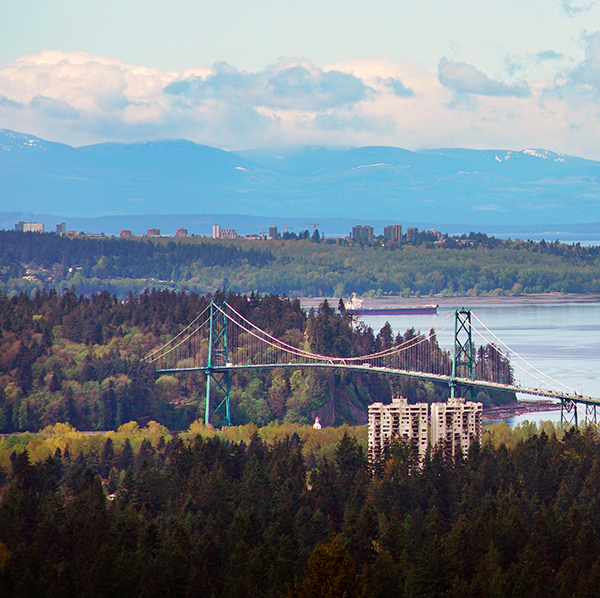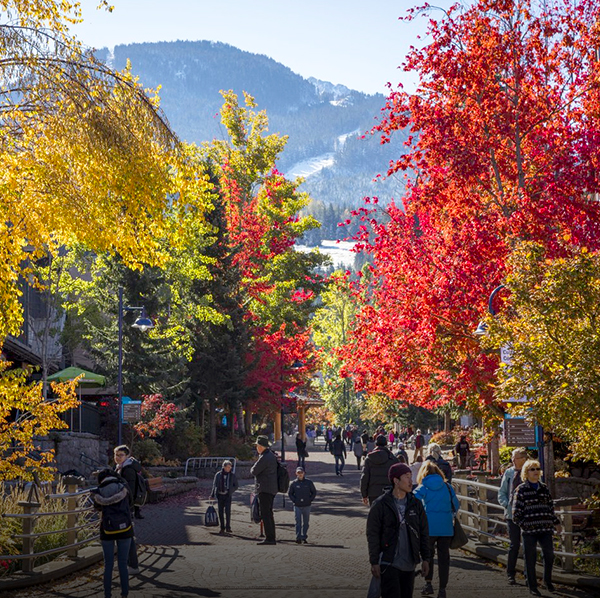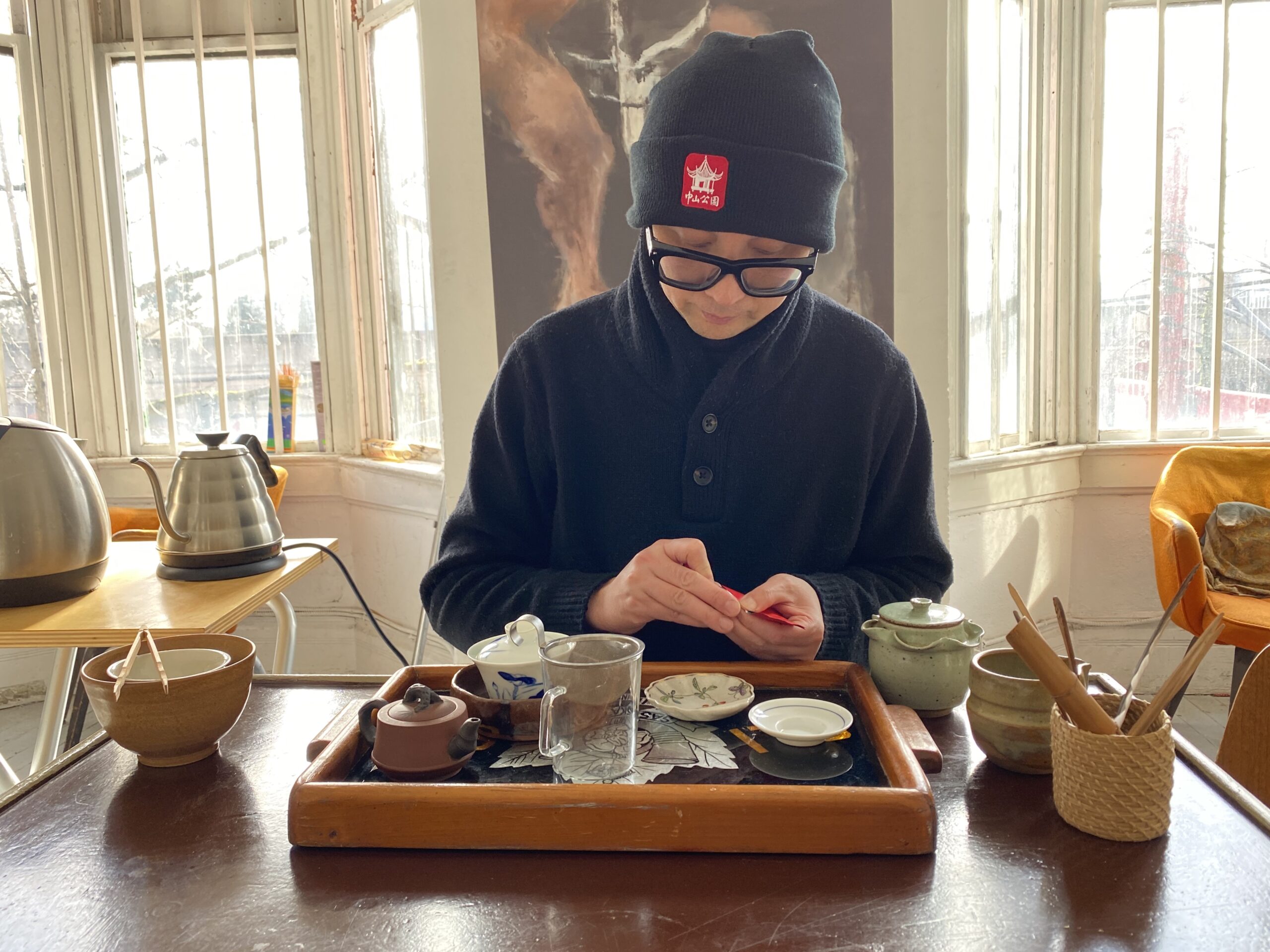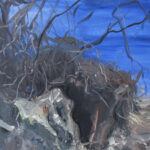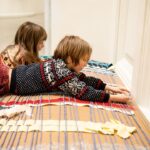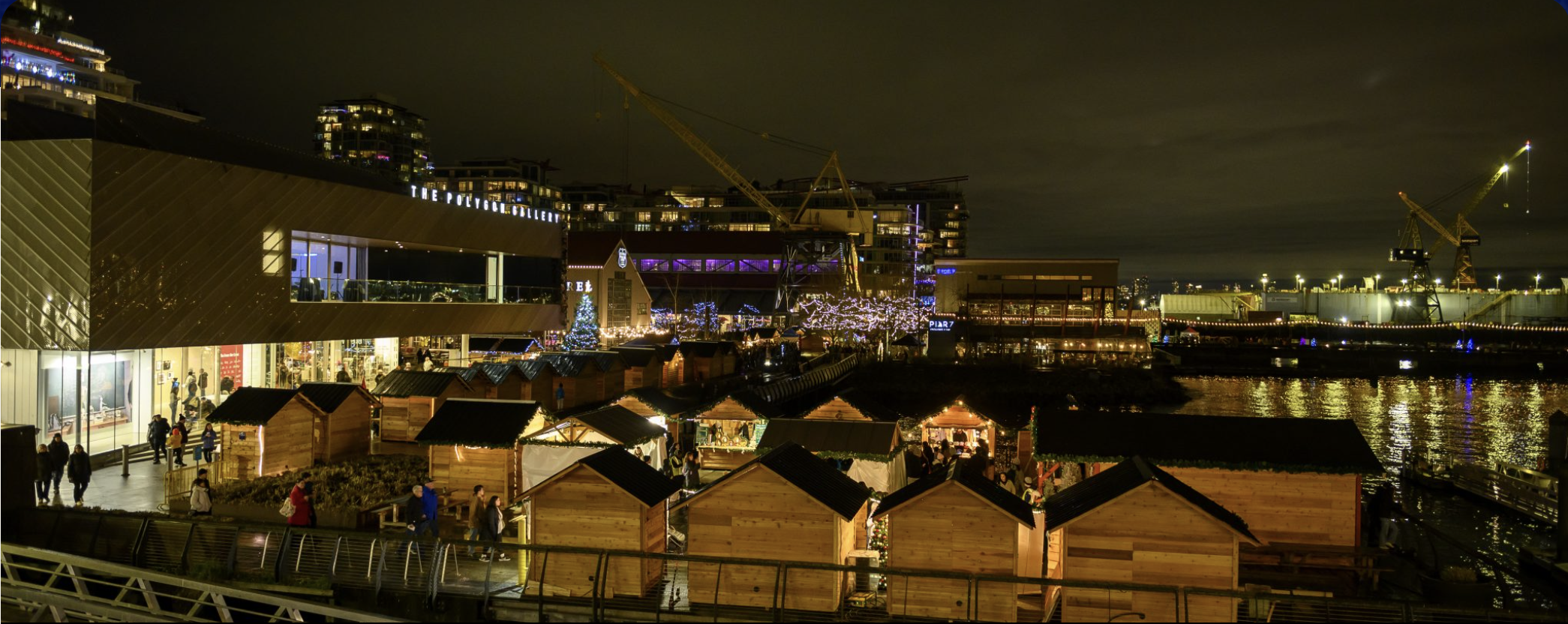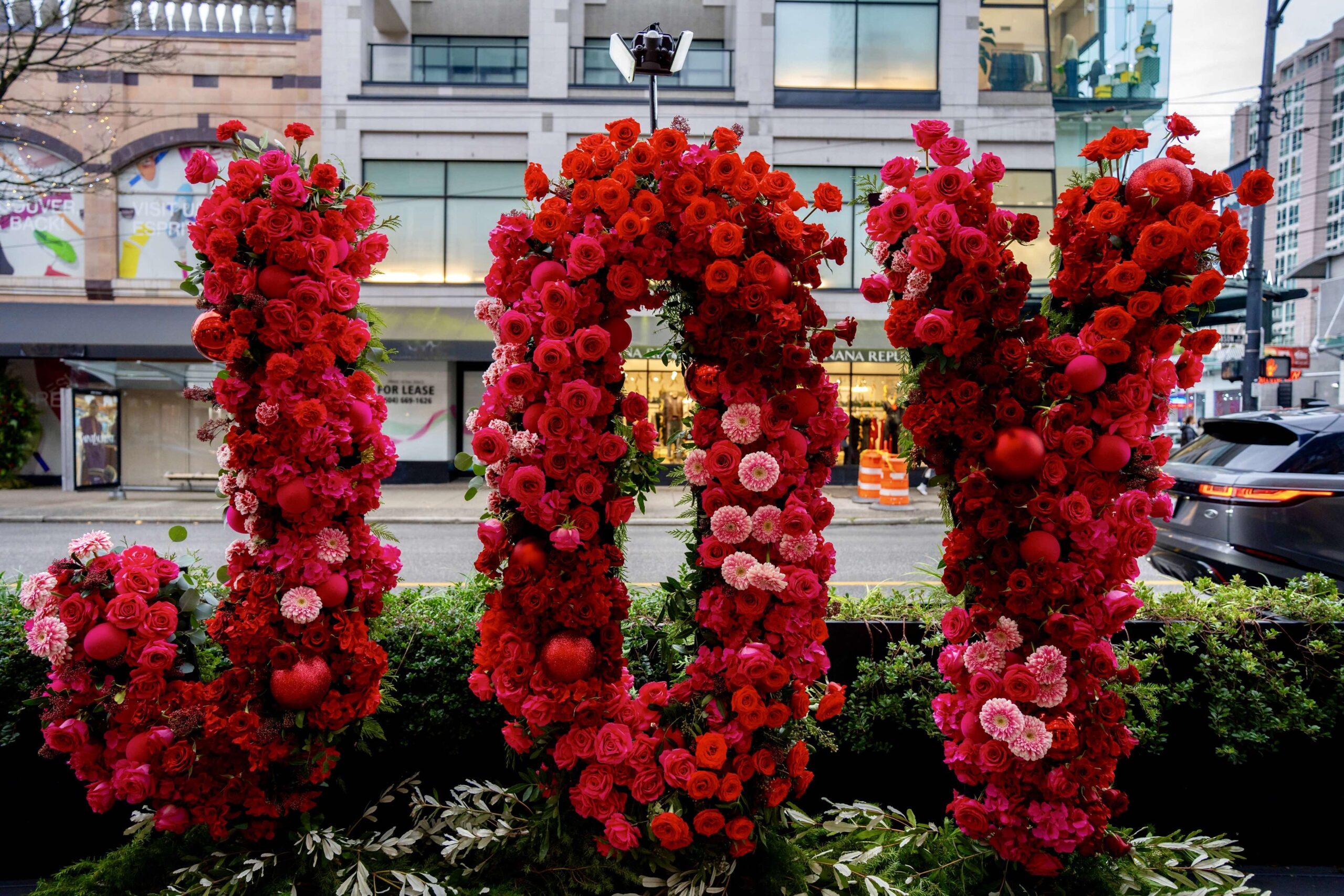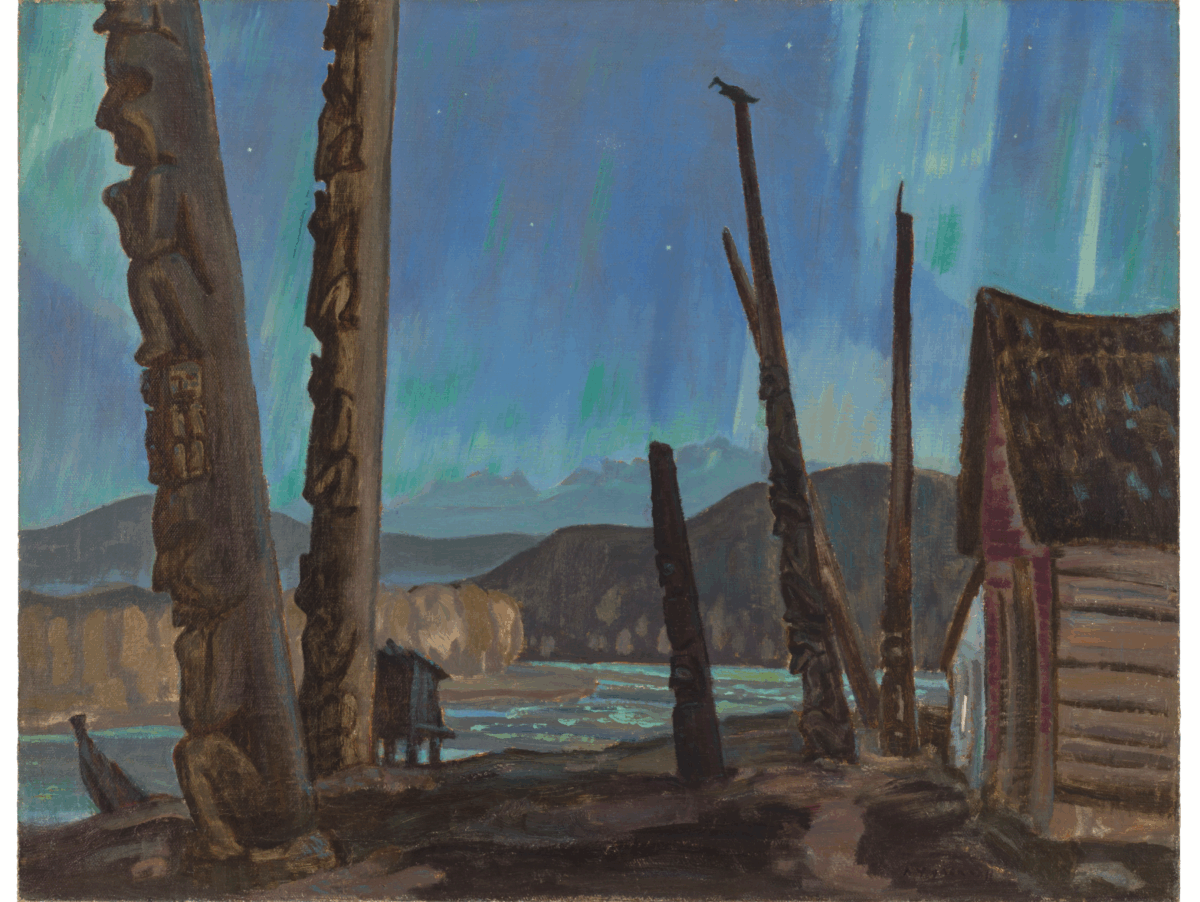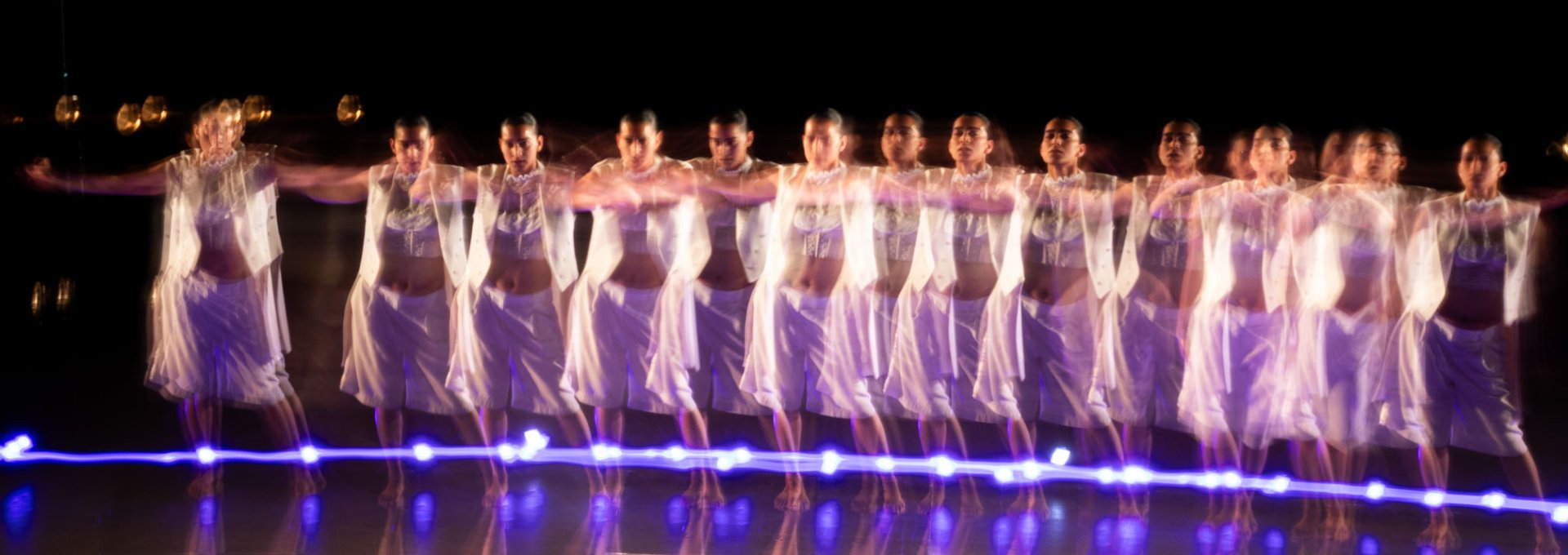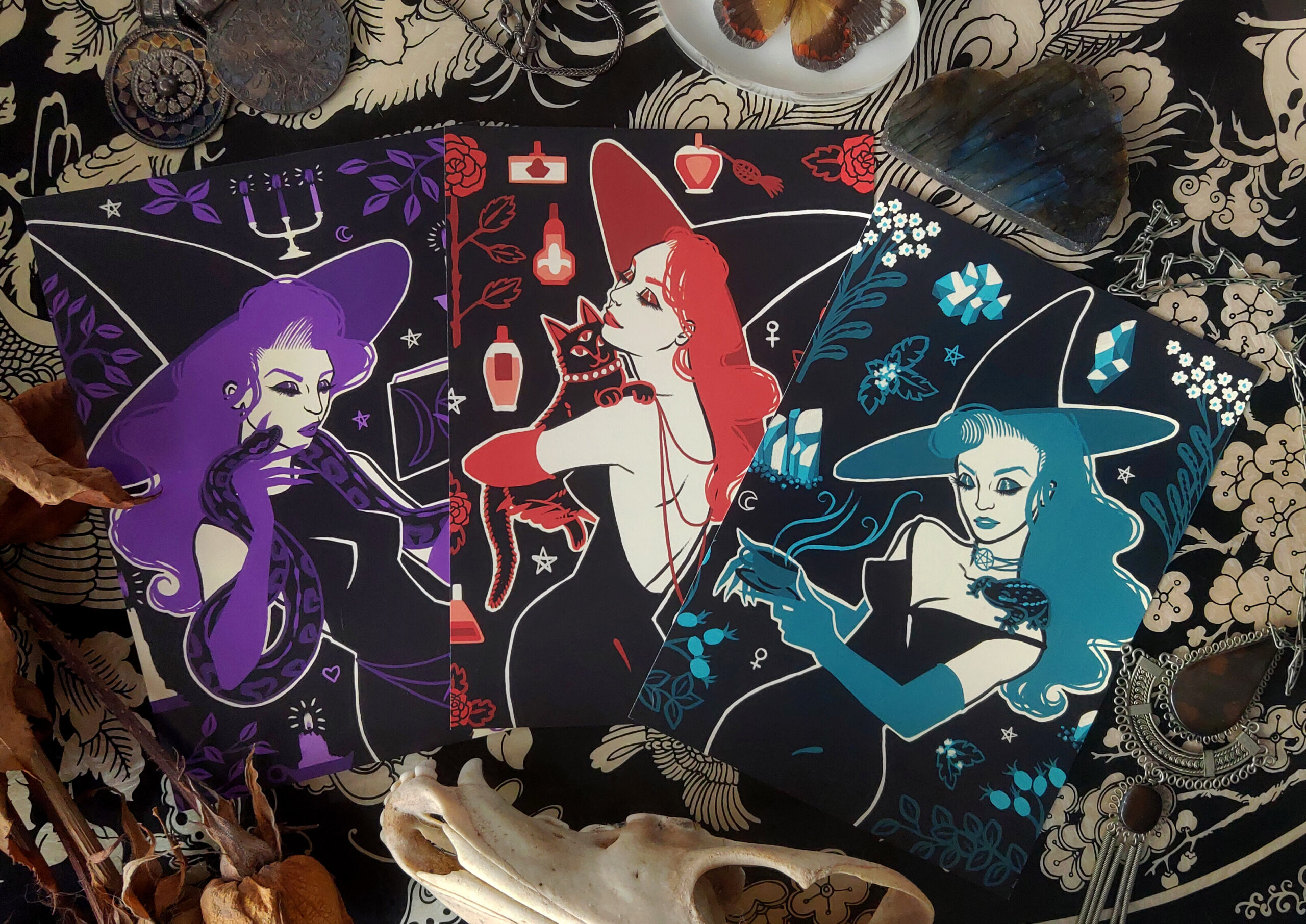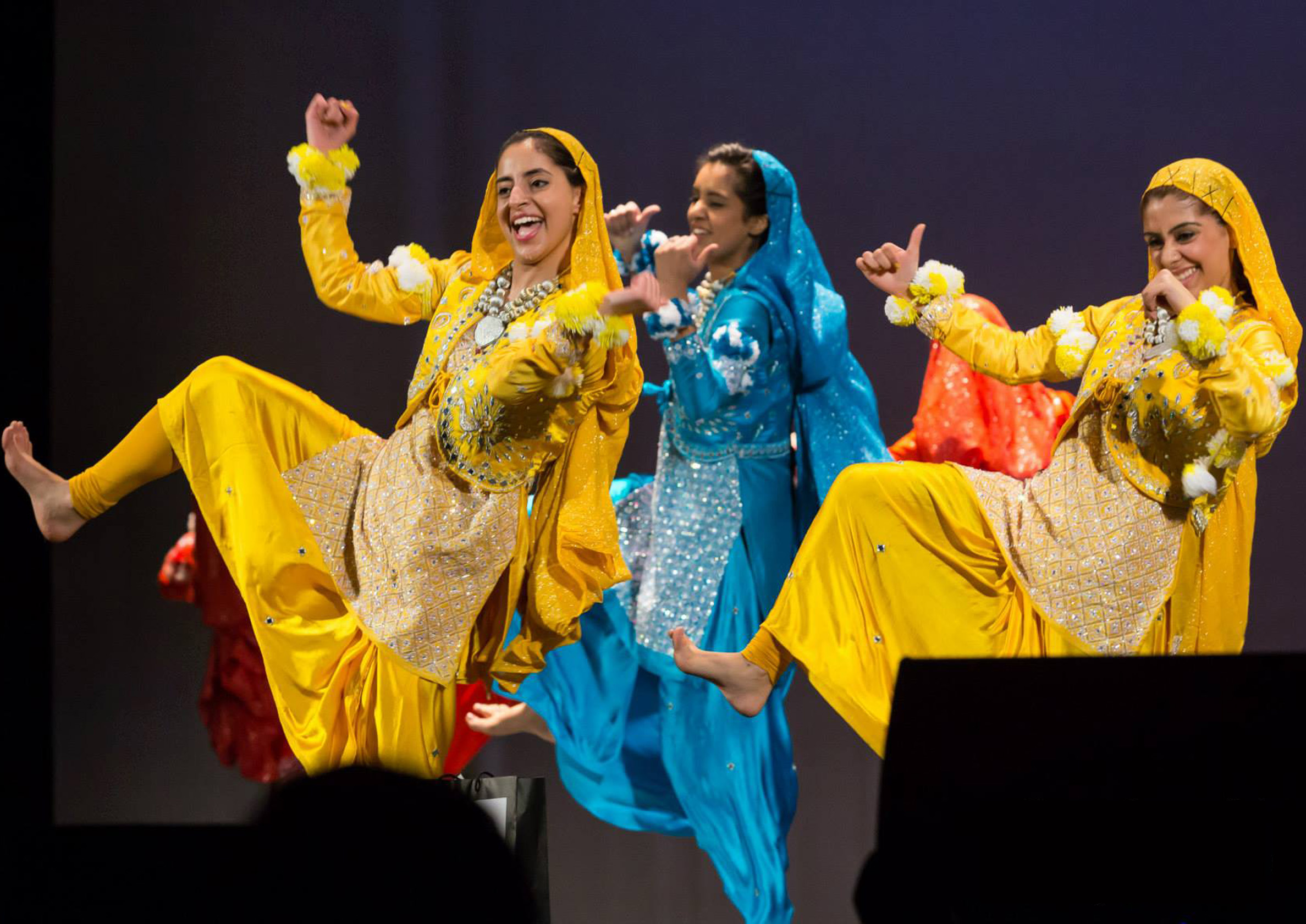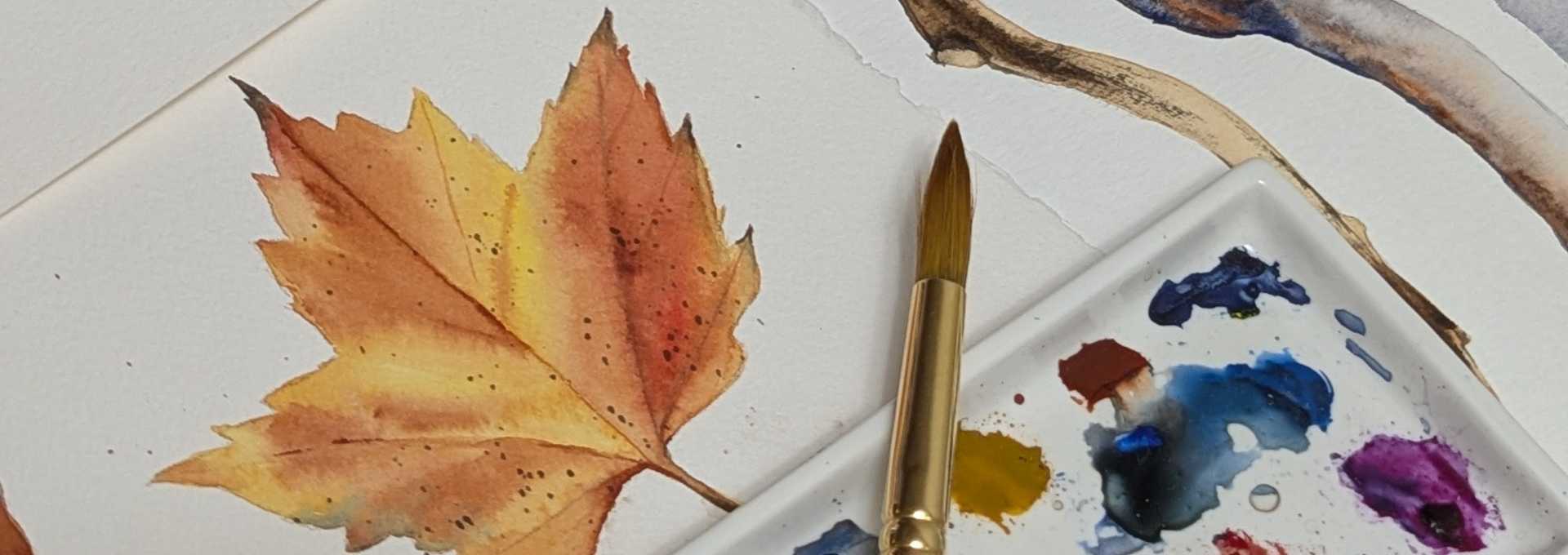By Wade Kinley
Up a steep narrow staircase, just off Pender street in Vancouver’s Chinatown neighbourhood is the one-time offices of Bestway Travel. Its modest sign still hangs over the doorway as a nod to the history here. Today, it’s home to the studio of contemporary artist Lam Wong. Books of eastern philosophy and rows of portraits in-progress have replaced holiday brochures and phone banks. It’s still a place to come to escape the rat race below, by all means, just the methods employed these days are distinctly more grounded.
Lam is currently the artist-in-residence at the Dr. Sun Yat-Sen Classical Chinese Garden where he co-curated its present show, Investigation of Things. His solo show opened at Centre A on January 27.
As we begin to talk, he sets out tea service. Cups, bowls, small pots are arranged on a wooden tray. He tells me about the tea we’ll be drinking, how it has been grown by his family for generations, for hundreds of years. His hands move over the table in graceful sweeps, always knowing. I feel witness to an ancient ritual. Suddenly this isn’t just tea.
“All my family are tea people, but I kinda took it for granted,” he tells me. “Until I started studying Buddhism and I started to see the connection. It’s a way to prepare the mind to enter the flow.”
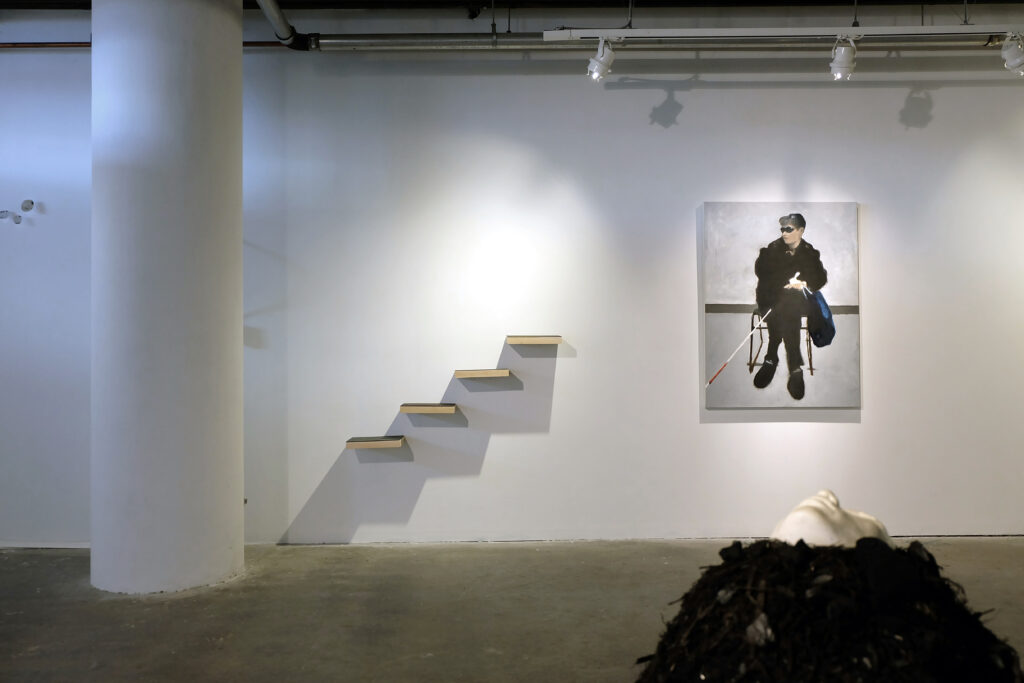
If there is a main theme to Lam’s work, which consists mostly of painting lately, but isn’t bound by any one medium, it’s the universality of human suffering that drives his work. In Lam’s hands, the ceremony of tea is an extension of that. “Tea has a healing property to it,” he says. “It’s very good at bringing people together because it’s meant to be shared. There’s a deeper, spiritual side to it that I discovered.”
Personal suffering, healing, family: all pillars of Lam’s latest show, the world is as soft as a volcano. It is dedicated to the memory of his mother and in many ways, she holds the centre. In perhaps the most “traditional” piece in the collection, Lam captures his mother a few weeks before her tragic passing, sitting patiently in her wheel chair, her walking stick balanced across her lap. Entitled Blind Woman at a Photography Show, it hangs next to a set of paintings of Chinese figures depicting words like “sorrow” and “broken,” turned upwards and mounted on their side – to resemble a staircase, in direct eyeline of the seated figure.
In another piece tucked away in the corner of the gallery, simply called Mother, one can feel the chaos of emotion in the explosion of paint on the canvas. Like something that had been whole before has just now come apart completely.
Back in Lam’s studio, I ask him how much the ritual of tea has informed his artistic practice. He tells me that tea has historically been used as a property to assist meditation, and in that sense he draws parallels. “The act of painting is no different than any spiritual practice,” he says. “When I tackle a painting, my mind has to be present. That means no distraction. When there is no thinking, then the ego has been transcended. It’s just you in the world, and when the work comes out from the world, that is the beauty.”
Painting, like making tea, is meditation in action. What Lam calls the flow.
In a series called Free Form Biophilia, flow comes alive in large paintings that resemble floating amoeba, what you might find if you took a sample of pond water and put it under a microscope. And maybe that’s what it is. With titles like A Deeply Emotional Experience and Museum of Psychiatry and Love, are we looking at the inner life of the artist’s feelings? Amorphous shapes dance around one another so that if you look away and back, you’re not entirely sure they’re in the same place you left them.
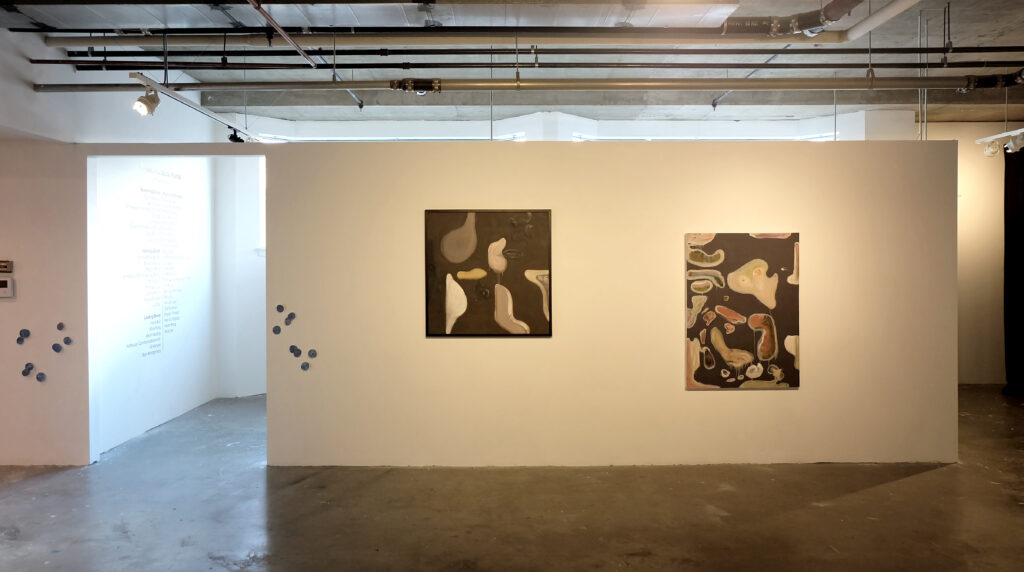
To add to the volatility, as the show goes forward, Lam will change up the arrangement of the works every week, constantly experimenting with how the viewer experiences the show. In its inaugural week, pieces were hung high up in corners or leaned up casually on the floor against the wall. The Biophilia pieces in particular will be hung in different ways – “sideways,” “upside down” – to keep playing with perception.
He calls the show “a moving composition.” To walk into it is to step into an evolving mind pushed and pulled by memory, trauma and emotion. Like the artist’s hands as he prepares tea, or the water over the leaves, the show seems to flow by its own nature – and decidedly defiant of resistance.
I get curious as to how one gets past distractions to enter meditation, to enter the flow. How exactly do you turn off your thoughts? But I’m looking at it wrong, Lam tells me. It’s like the water in a lake. If you try to remove the silt yourself, you agitate the water even more. But if you leave it, and just be, in the end it will settle by itself, and will become clear again.
“Your heart will tell you when you’re ready,” he says, “and when you’re ready, you step into the rain.
“A lot of the time, I’ll have a cup of tea first.”
the world is as soft as a volcano is curated by Henry Heng Lu and presented at Centre A in Vancouver, on now until March 14, 2020.
